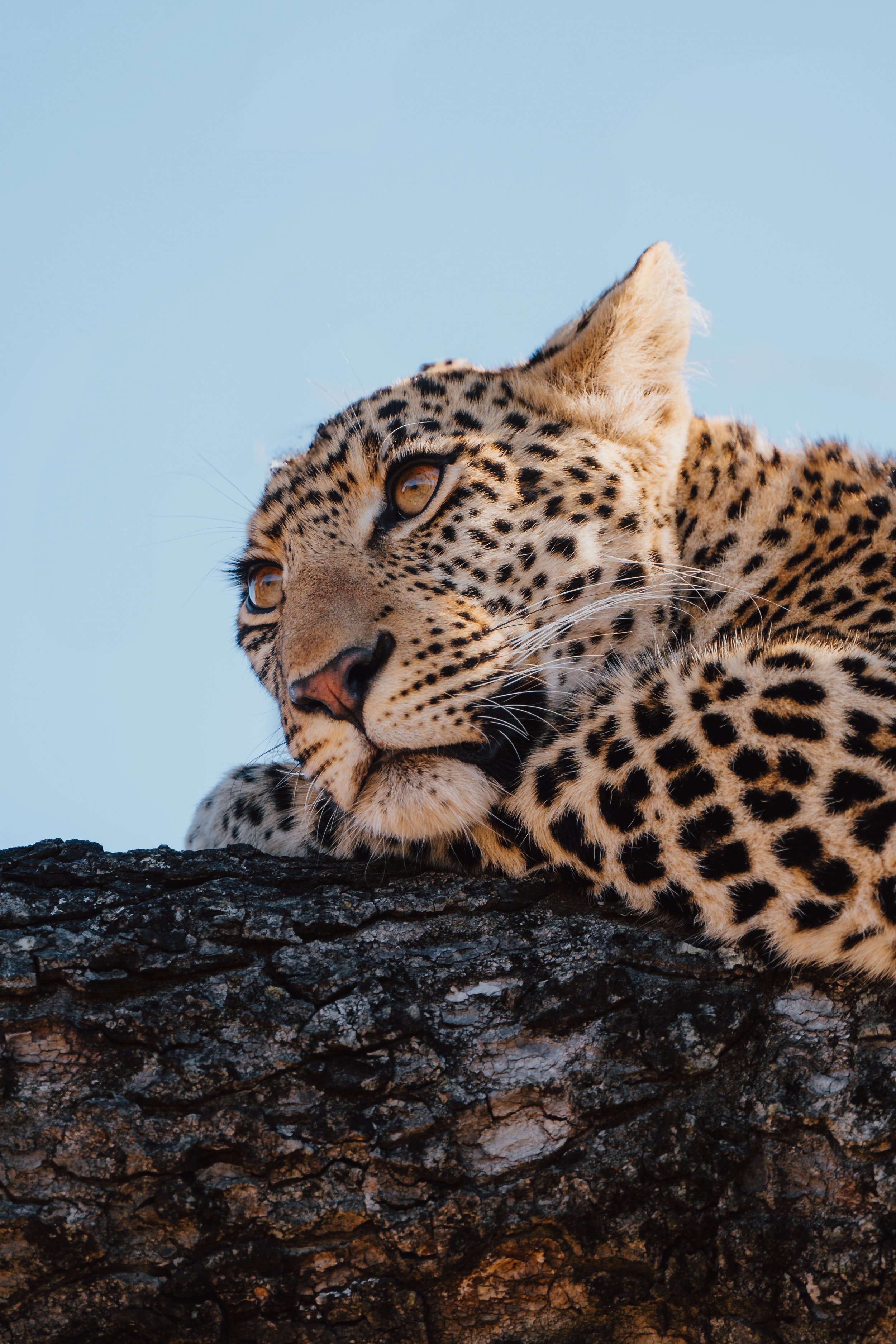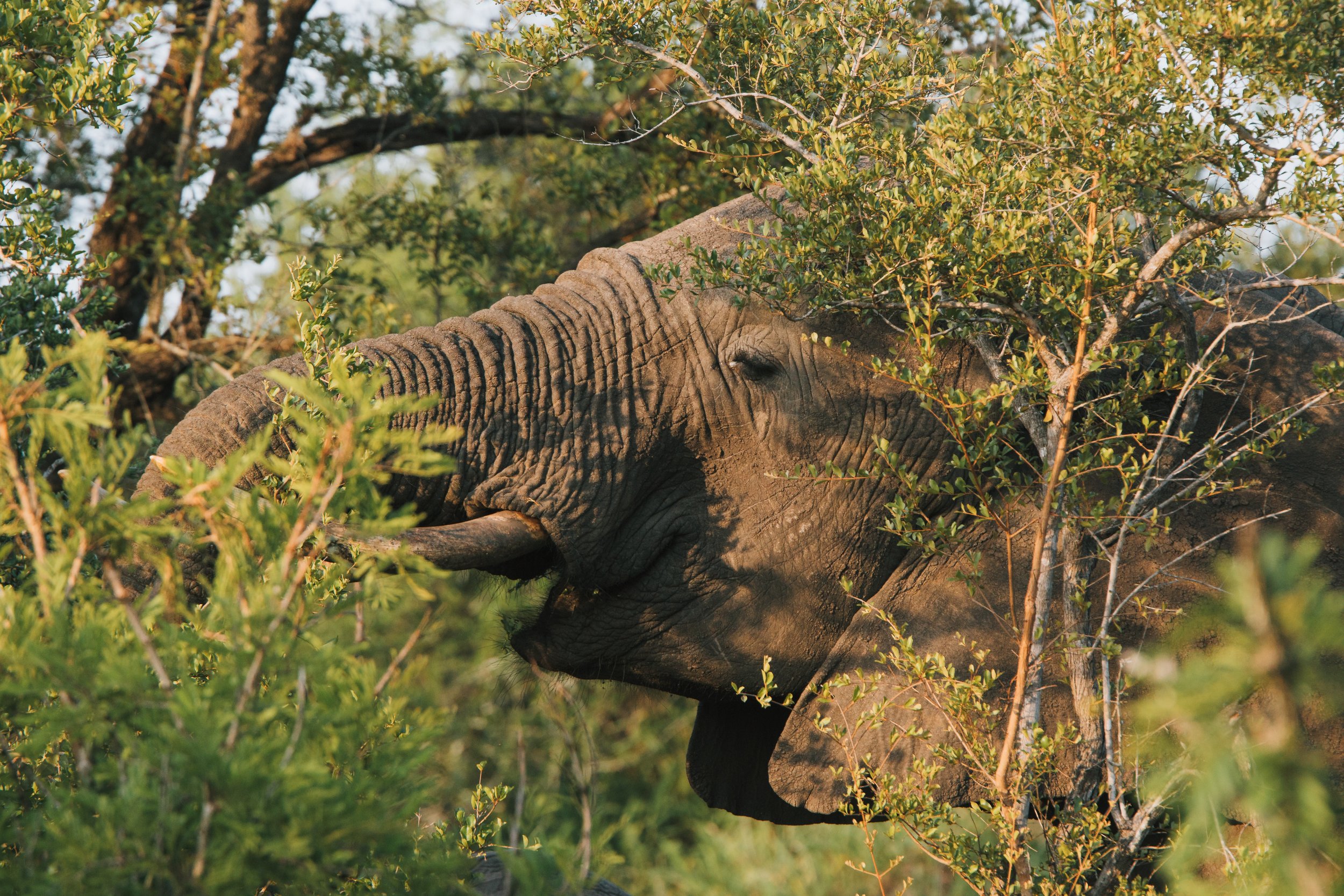The Big 5: Africa’s Most Iconic Wildlife
The Buffalo with Red-Billed Oxpeckers, Mantobeni Reserve, South Africa
When it comes to safaris, one term that usually comes up is the “Big 5.” First coined by big-game hunters, the term refers to Africa's five most difficult animals to hunt on foot. Today, the Big 5 – the lion, leopard, elephant, rhinoceros, and buffalo – have become iconic symbols of African wildlife and some of the most sought-after animals on a safari. While the term once held a different meaning, today, it serves as a reminder of Africa’s rich biodiversity and conservation efforts to protect these incredible animals.
The History Behind the Name
The Big 5 weren’t given their name because of their size but because they were considered the most dangerous and challenging animals to hunt. In the early days of big-game hunting in Africa, hunters faced significant risks when pursuing these powerful creatures. Over time, these five animals symbolised the ultimate African hunting trophy. As attitudes toward wildlife conservation shifted, the focus has turned to photographing and observing these magnificent creatures in their natural habitats rather than hunting them.
The Leopard, Mantobeni Reserve, South Africa
The Big 5 in Detail
Lion: Often referred to as the “King of the Jungle,” lions are known for their strength, social pride dynamics, and majestic presence.
Leopard: Leopards are elusive and solitary animals, known for their ability to blend into the landscape and tree-climbing prowess. They’re among the hardest of the Big 5 to spot.
Elephant: African elephants are the largest land mammals on Earth. Their intelligence, social structure, and sheer size make them a fascinating animal to observe.
Rhinoceros: The black and white rhinos are part of the Big 5. Due to poaching, their populations have dwindled, making them both rare and vulnerable. Conservation efforts are critical to their survival.
Buffalo: Cape buffaloes are considered the most dangerous of the Big 5. Despite their docile appearance, they can be unpredictable and are known for charging when threatened.
The Rhinoceros, Entabeni Reserve, South Africa
The Big 5’s Role in Conservation
Today, the Big 5 play an essential role in wildlife conservation. Many safari parks and conservation areas focus on protecting these species from poaching and habitat destruction. Countries like South Africa, Kenya, Tanzania, and Botswana are at the forefront of these efforts, offering travellers the chance to experience the Big 5 while contributing to their preservation.
The Elephant, Mantobeni Reserve, South Africa
But What About the Small 5?
While the Big 5 gets most of the attention, there’s another lesser-known group called the “Small 5.” These smaller creatures share part of their names with the Big 5 but are much harder to spot. The Small 5 consists of the Elephant Shrew, Buffalo Weaver, Leopard Tortoise, Antlion, and Rhinoceros Beetle. Though less iconic, they add a fun and often challenging element to any safari adventure!
Whether tracking the Big 5 or seeking out the Small 5, Africa’s diverse wildlife offers something special for every traveller. The thrill of seeing these animals in their natural environment is unmatched, and understanding the history behind the names adds an extra layer of appreciation for these incredible creatures.
The Lion, Entabeni Reserve, South Africa
Ready to see these incredible animals up close? Join our South African safari and witness the beauty of the Big 5 and beyond in their natural habitat, while contributing to conservation efforts that protect these iconic species!




